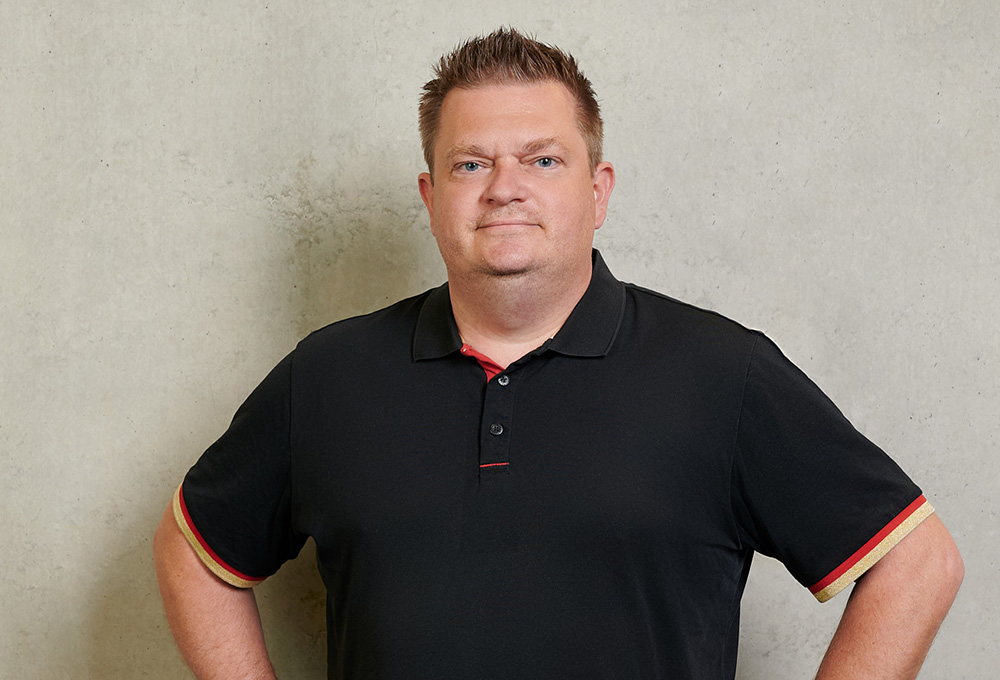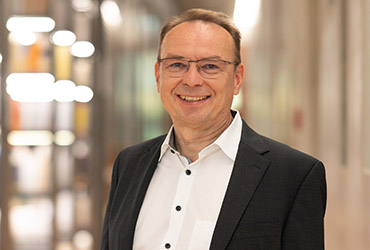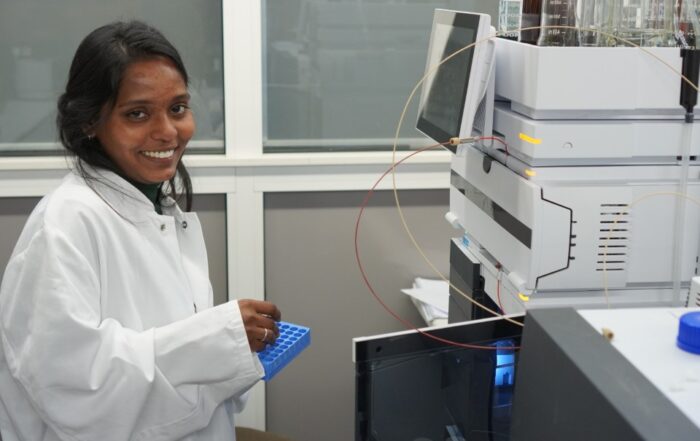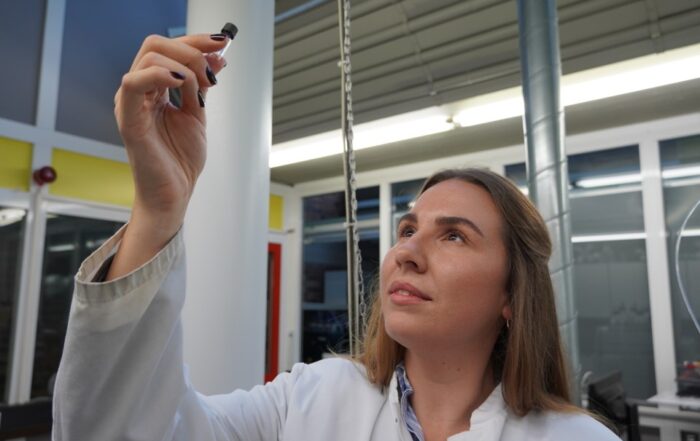29. July '24
(Press office)
The EU Commission has recognized the Nuremberg metropolitan region as a Regional Innovation Valley.
This also reinforces the activities of Coburg University of Applied Sciences in the innovation triangle Coburg – Kronach – Lichtenfels. The label is an official recognition from the European Union for an efficient regional innovation ecosystem.
The metropolitan region scores particularly well when it comes to the interlinking of industry and research – a topic for which Prof. Dr. Felix Weispfenning as Vice President for Transfer at Coburg University of Applied Sciences: “Research activities at a university of applied sciences are all about translating scientific findings into concrete applications for companies and people.”
Innovations for socially significant issues
The Cooperative Technology Transfer Center (TTZ) Upper Franconia Digital Intelligence at the Lichtenfels site helps to strengthen the innovative power of SMEs in rural areas with additive manufacturing processes (industrial 3D printing) and artificial intelligence (AI) for engineering and production.
Companies from the region can propose ideas or projects.
AI is also the subject of the new Coburg University Research Center for Responsible Artificial lntelligence (CRAI), which will be officially opened in the fall. Prof. Dr. Martin Synold, Vice President for Research, explains: “This is where Coburg University is pooling its established, concrete and applied research in the field of artificial intelligence.”
Innovative and ethically sustainable: this is how the university wants to use the technology.
Research at Coburg University of Applied Sciences focuses on innovations that contribute to forward-looking and socially significant issues – from social research and health promotion to sustainable energy systems and autonomous driving, for example.
This topic of the shuttle model region of Upper Franconia around the university location of Kronach is also exemplary of the dynamic force in the innovation triangle of Coburg – Kronach – Lichtenfels.
Together with innovative partners, it is possible to build bridges between research and practice in a variety of ways.
Innovation community in Innovation Valley
The Nuremberg Metropolitan Region is one of a total of twelve German Innovation Valleys (EU Innovation Valleys).
The award is intended to increase the visibility of the metropolitan region as a central European innovation region.
“The Innovation Valleys illustrate the European added value and show the strengths of location-based innovations to tackle the burning challenges of our time,” said EU Commissioner Elisa Ferreira.
Regions with a diverse research landscape were selected for the Regional Innovation Valley award.
The European Innovation Scoreboard (RIS) published by the EU Commission confirms the high level of innovation: the metropolitan region belongs to the top group of Strong Innovators.
By networking its most important innovation players, regional innovation ecosystems are to be strengthened, innovation gaps closed and Europe’s innovation performance improved.
One example of how this works is the collaboration in the “InTra-Bau” project, which will start in the fall.
Against the backdrop of the current crisis in the construction industry, the Faculty of Design at Coburg University of Applied Sciences, the Otto Friedrich University of Bamberg and the Chamber of Crafts for Upper Franconia are focusing on sustainable and climate-friendly construction in existing buildings and in the preservation of historical monuments.
The aim is to contribute to the conservation of resources, energy efficiency and climate neutrality in the construction sector.
By building bridges between science and craftsmanship, the neglected knowledge of sustainable, climate-friendly building techniques and materials stored in monuments and traditional craftsmanship techniques is to be harnessed and made innovative by linking it with modern technologies for future-proof, sustainable construction in existing buildings.
From 500 applications, the German Agency for Transfer and Innovation (DATI) of the Federal Ministry of Education and Research recently selected InTra-Bau as one of 20 innovation communities for funding.
And with the most recent award from the EU Commission, Franconia’s innovation community is starting in the Franconian “EU Regional Innovation Valley”.







